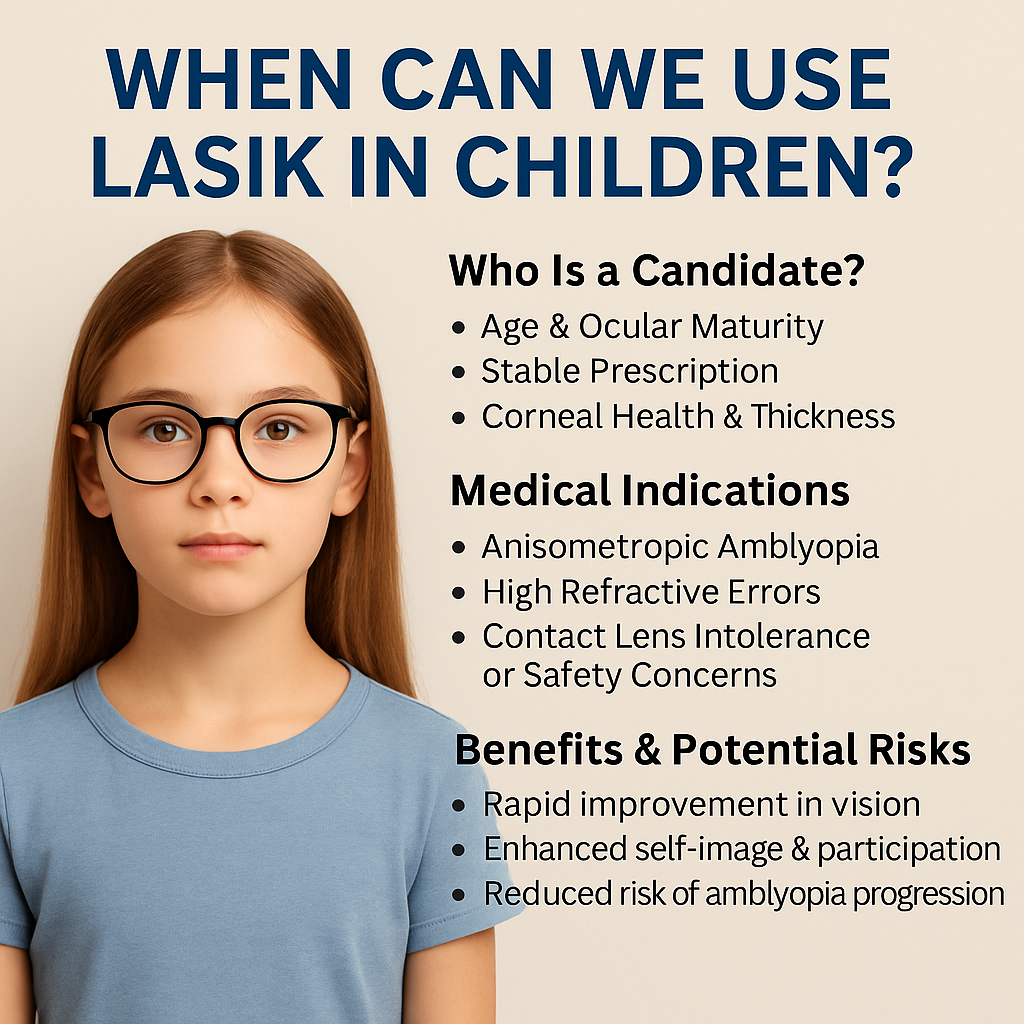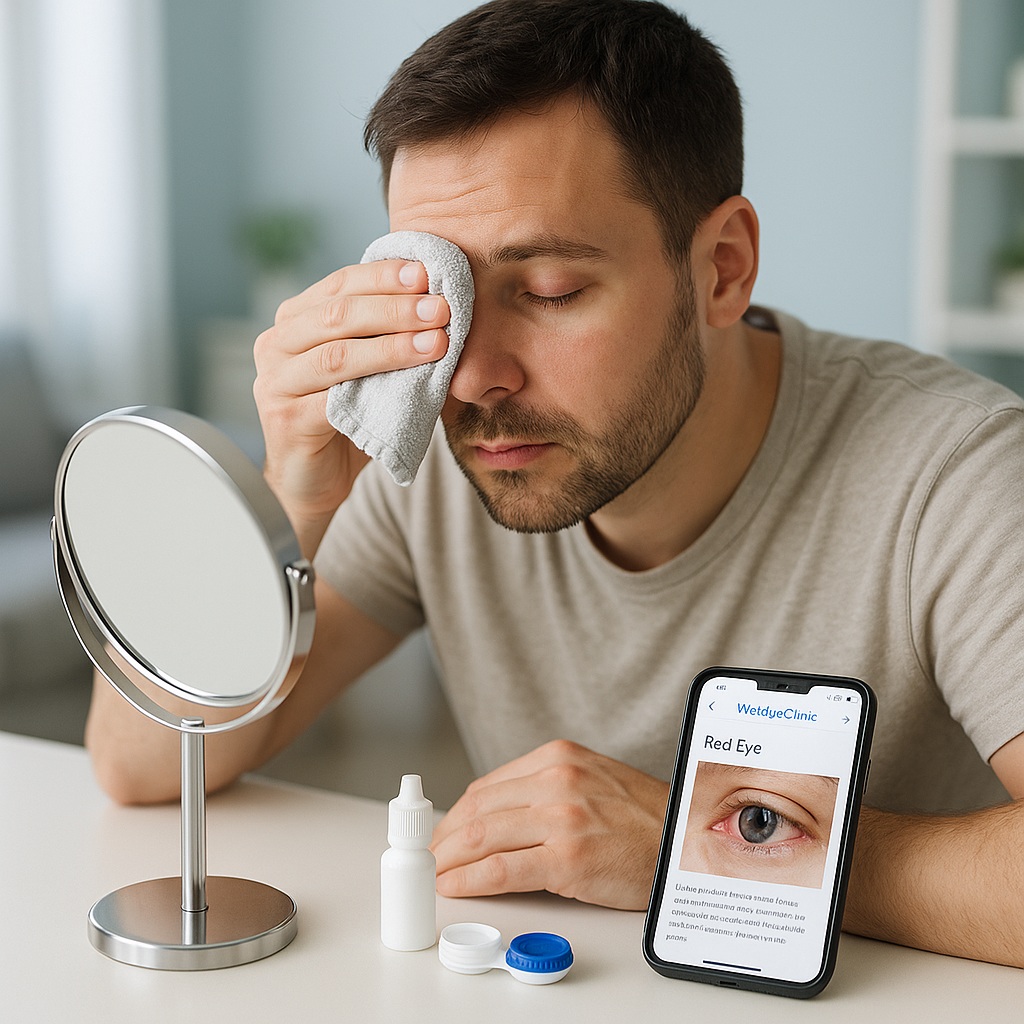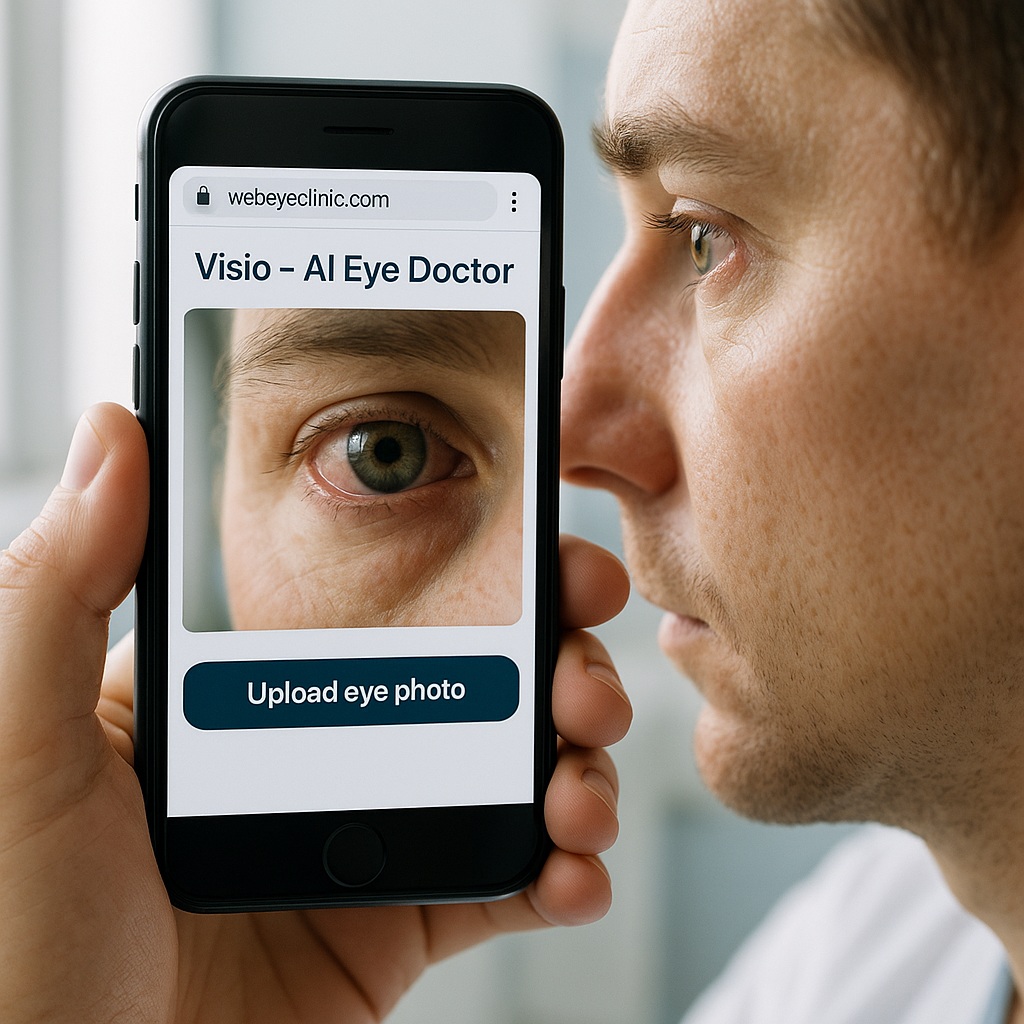When Can We Use LASIK in Children?
Published: July 6, 2025
Introduction
Laser-Assisted In Situ Keratomileusis (LASIK) is a well-established procedure in adults for correcting myopia (nearsightedness), hyperopia (farsightedness), and astigmatism. Traditionally reserved for patients 18 and older, modern studies and evolving technology have opened the door—under strict criteria—for select pediatric and adolescent cases. This article explains when LASIK may be considered in children, how to decide candidacy, the potential advantages and drawbacks, and what alternatives exist.
1. Who Is a Candidate?
Age & Ocular Maturity
Most eye surgeons prefer waiting until age 16–18, when the eye’s shape and refractive error have stabilized. In rare, medically justified scenarios—such as unequal prescriptions leading to amblyopia—LASIK has been performed safely in children as young as 13–15, provided all other therapies (glasses, patching, contacts) have failed.
Stable Prescription
A child’s refractive error should change by no more than 0.50 diopters over the previous 12–24 months. Stability reduces the risk of postoperative regression, ensuring the correction remains accurate long term.
Corneal Health & Thickness
Preoperative corneal mapping is essential. A minimum central thickness of around 500 µm and absence of early ectatic disorders (e.g., keratoconus) help prevent complications such as postoperative bulging (ectasia).
Psychosocial & Compliance Factors
Children must understand postoperative care—using prescribed drops, avoiding eye rubbing, and attending follow-up visits. Mature, motivated adolescents tend to have better outcomes and satisfaction.
2. Medical Indications
Anisometropic Amblyopia
A significant difference in prescription between the two eyes can cause one eye to become ‘lazy.’ When glasses or contacts and patching therapy fail to restore balanced vision, LASIK can equalize focus, promoting better visual development.
High Refractive Errors
Children with severe myopia (< –8.00 D), hyperopia (> +4.00 D), or astigmatism (> 3.00 D) often struggle with thick glasses or uncomfortable contact lenses. LASIK can dramatically improve visual clarity and daily functioning.
Contact Lens Intolerance or Safety Concerns
Some children cannot handle contact lens hygiene or are at high risk of eye infections. LASIK reduces reliance on corrective lenses and lowers infection risk from daily lens use.
3. Benefits & Potential Risks
Key Benefits
- Rapid improvement in unaided vision (often 20/20 or better)
- Enhanced self‐image and participation in sports or activities without glasses
- Reduced risk of amblyopia progression in specific cases
Possible Risks
- Flap‐related complications (displacement, inflammation, infection)
- Dry eye symptoms, which can be more pronounced in younger patients
- Regression if underlying refractive error was not fully stable
- Long‐term risk of corneal ectasia if screening misses subtle disease
4. Preparing for Pediatric LASIK
- Comprehensive Evaluation: Full eye exam, refraction history, corneal tomography.
- Parental Counseling: Discuss realistic outcomes, postoperative care, and potential need for enhancements.
- Informed Consent: Both child (age-appropriate assent) and parent/guardian consent are legally required.
- Post-Op Plan: Prescription drops, activity restrictions, and scheduled follow-ups (1 day, 1 week, 1 month, 3 months, 6 months).
Conclusion
While LASIK in children remains uncommon, it can be life-changing for carefully selected cases—particularly in older adolescents with stable prescriptions or younger patients suffering amblyopia unresponsive to traditional therapies. A thorough diagnostic workup, clear communication with family, and close postoperative monitoring are essential to achieve safe, lasting visual benefits.


